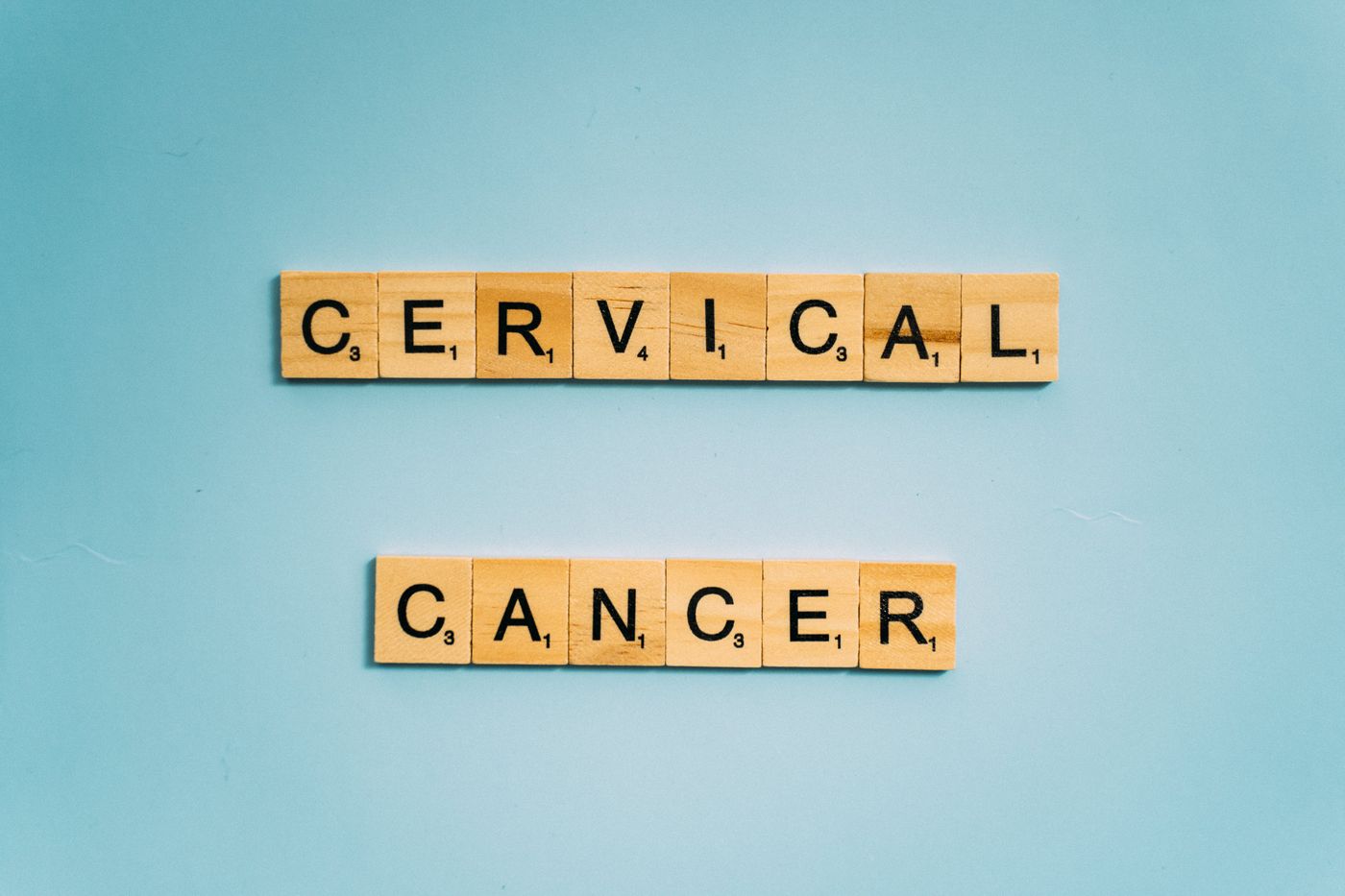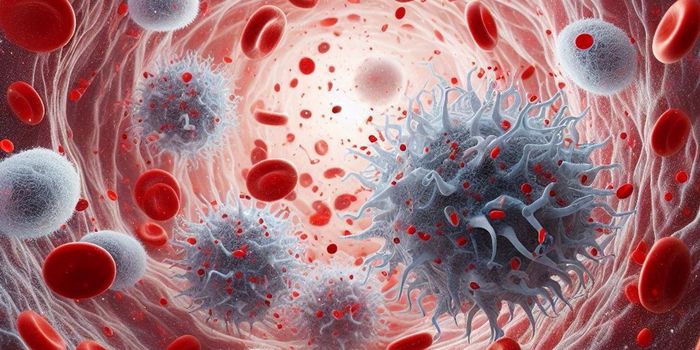New Combination Cervical Cancer Treatment Regimen Cuts Deaths by 10%
Experts estimate nearly 14,000 new cases of cervical cancer in 2023 in the United States. In addition, we will see an expected 4,310 deaths attributed to cervical cancer by the end of the year. While treatment differs depending on various factors, including the stage of disease at diagnosis and the patient's overall health, many cervical cancer patients receive chemotherapy and radiation therapy.
A study recently presented at the European Society for Medical Oncology (ESMO) Annual Meeting and published in Annals of Oncology provides evidence that a treatment regimen containing an already-approved chemotherapy can reduce the risk of dying from cervical cancer by about 10%.
The study (EudraCT: 2011-001300-35) enrolled 500 women from 32 treatment centers located across five countries between November 2012 and November 2022. The women (average age 46) had Stage Ib1 (9%), II (77%), IIIB (11%) or IVA (3%) cervical cancer. Overall, 57% of the patients had lymph node-negative cancer, and 82% of the cases exhibited a squamous subtype.
The study compared standard chemoradiation (CRT) , an approach consisting of chemotherapy and radiation therapy, with a new approach that showed promise in a prior feasibility trial. This new approach used an induction chemotherapy (IC), a treatment provided before another treatment. In the current study, one group of patients received IC followed by CRT, while a control group received CRT alone (five cycles weekly cisplatin). The patients randomized to the CT and CRT arm received six weeks of carboplatin and paclitaxel, followed by the same cisplatin treatment in week seven. Patients on both arms received standard radiation treatment as part of the CRT.
Overall, the researchers followed the patients for about five years (average = 64 months). Impressively, women receiving IC and CRT had about 10% greater five-year progression-free survival (PFS) than those receiving CRT alone (59% versus 48%). The combination therapy also enhanced five-year overall survival (OS), reaching 80% in the IC and CRT groups. Severe (grade 3 or higher) adverse events occurred in both groups, albeit slightly more frequently in the combination group (59%) than the CRT alone group (48%).
The researchers conclude that chemotherapy before CRT enhanced both PFS and OS in women with locally advanced cervical cancer. Based on the positive outcome data presented at the 2023 ESMO annual meeting, the research team recommends CI followed by CRT to become the new standard of care therapy for similar cases of cervical cancer.
Sources: CA, Annal Oncol









